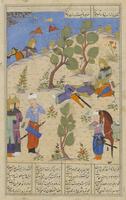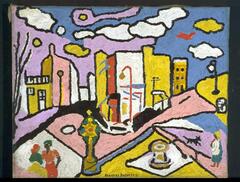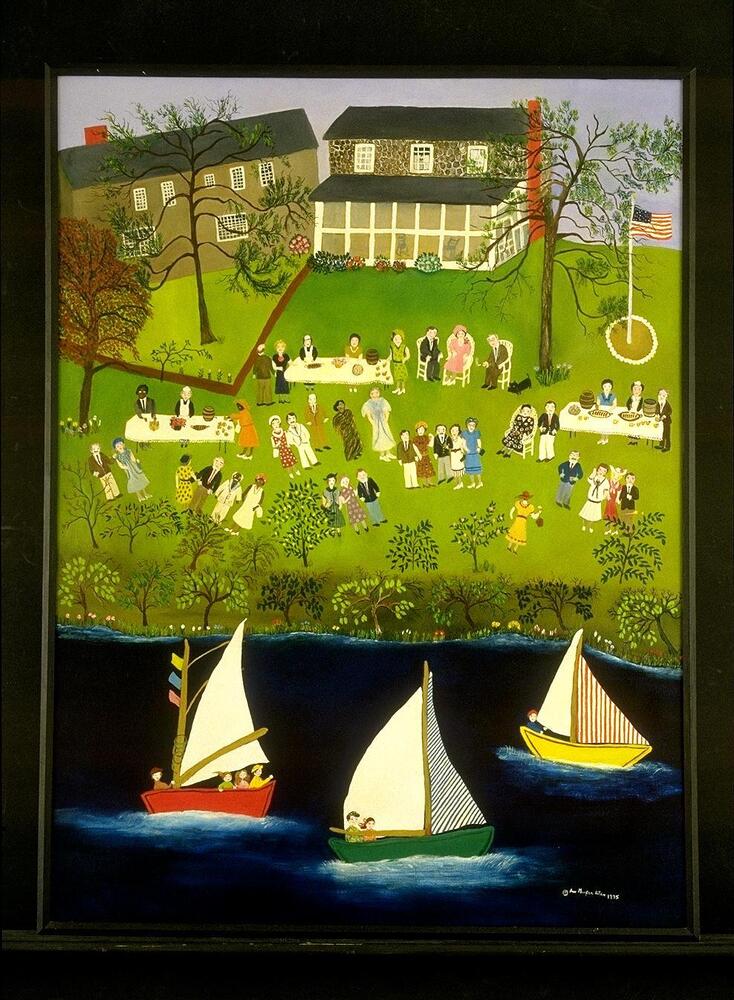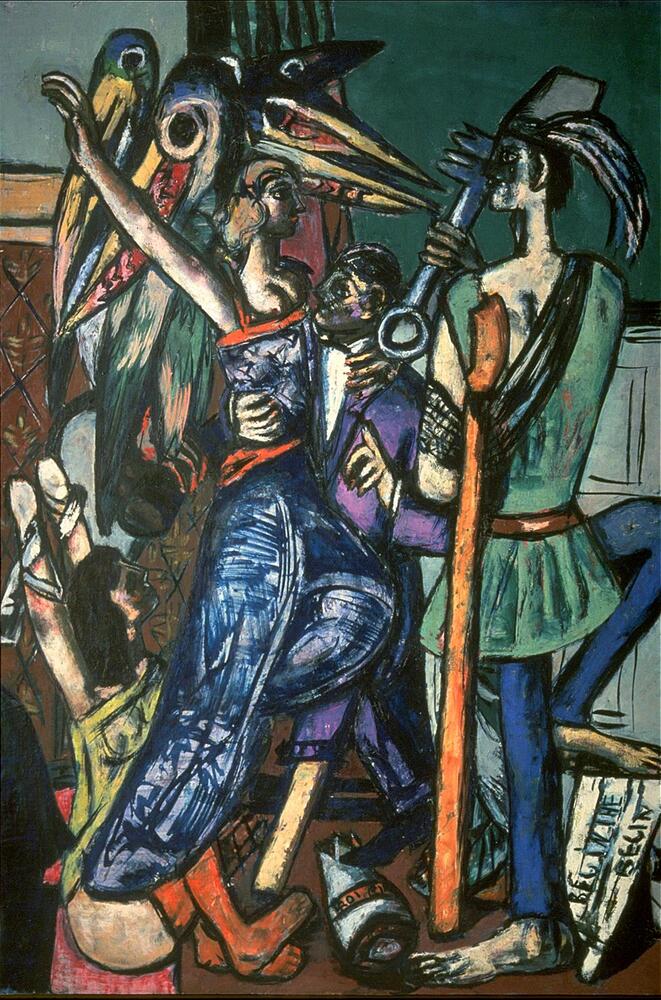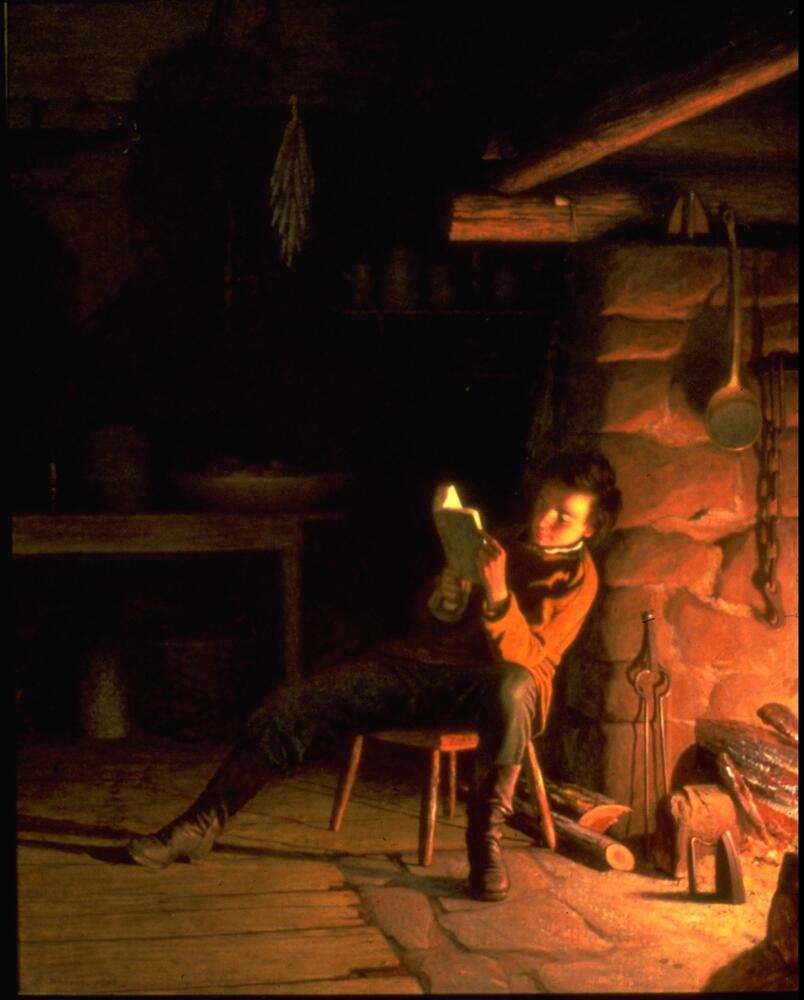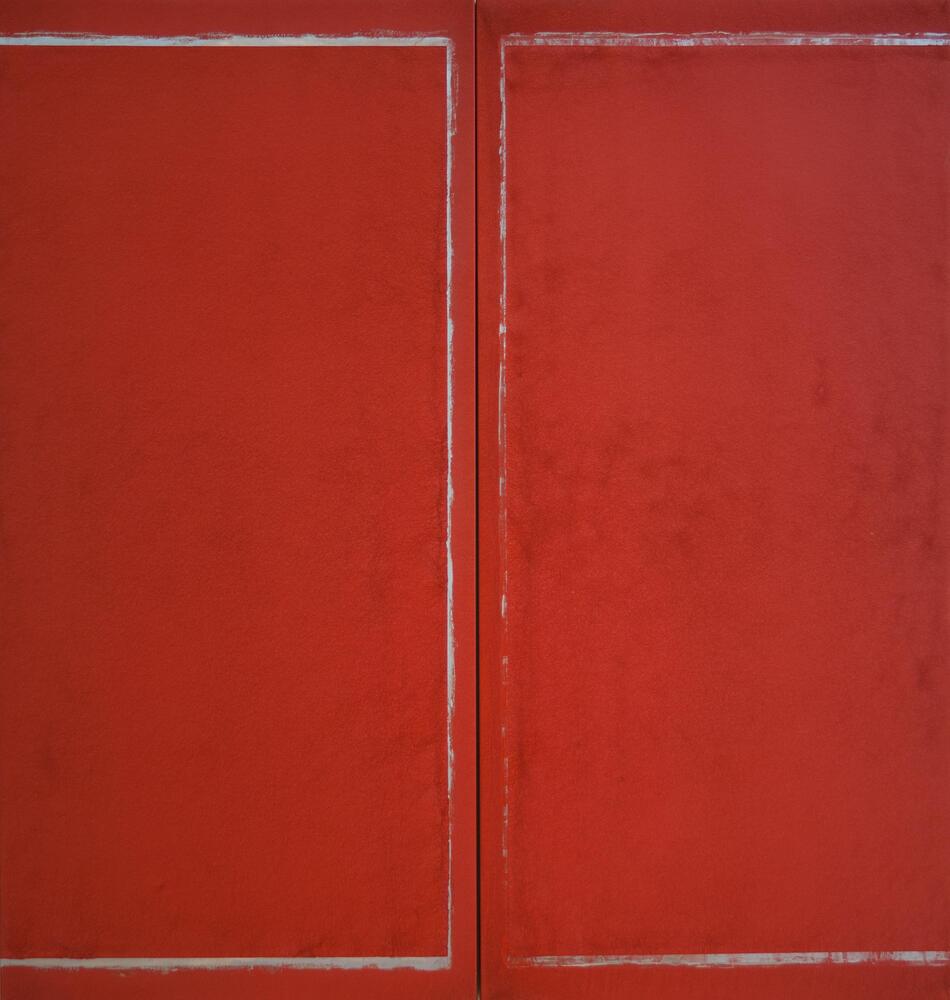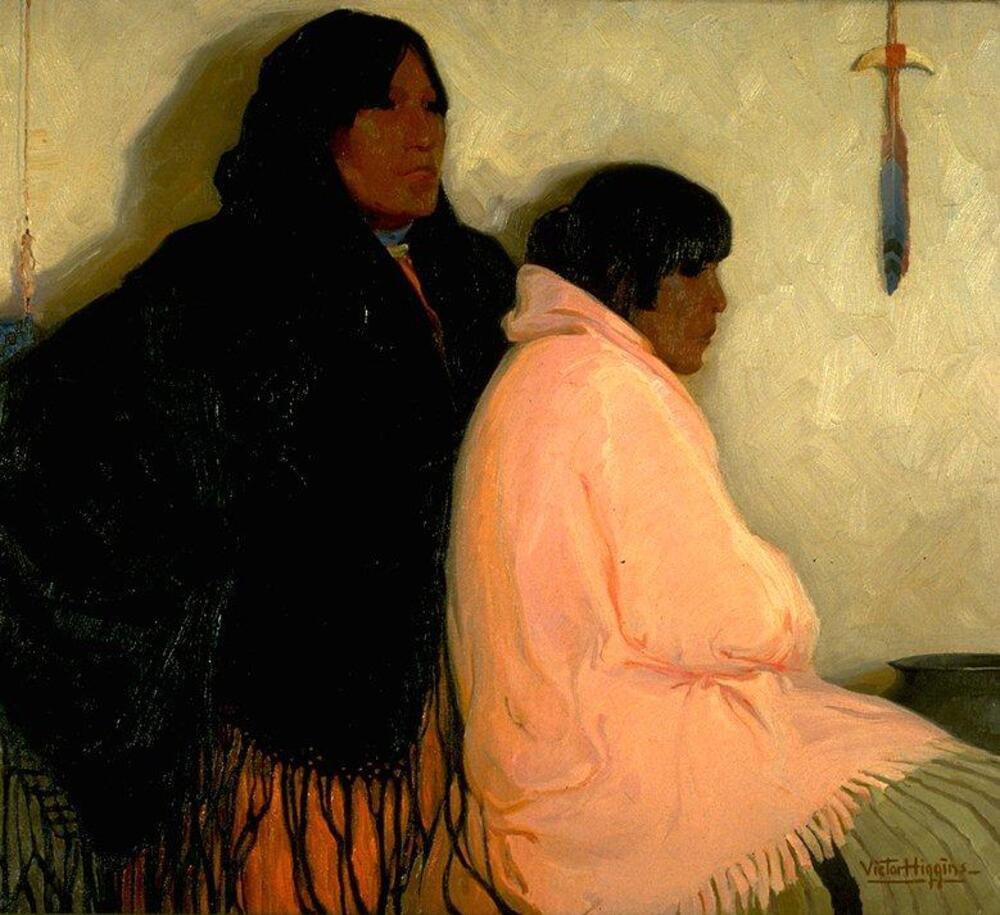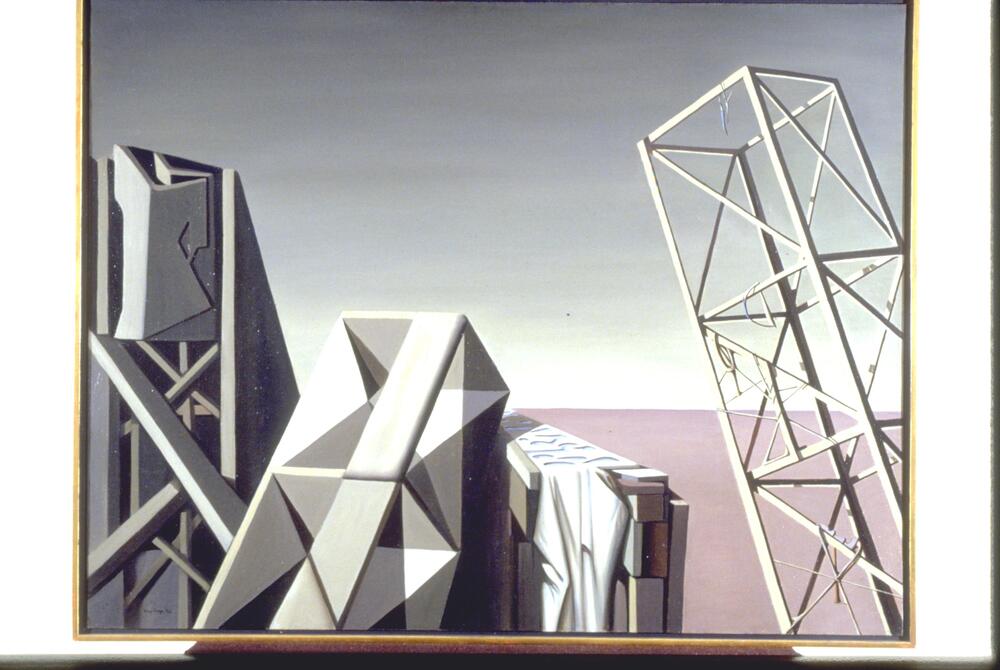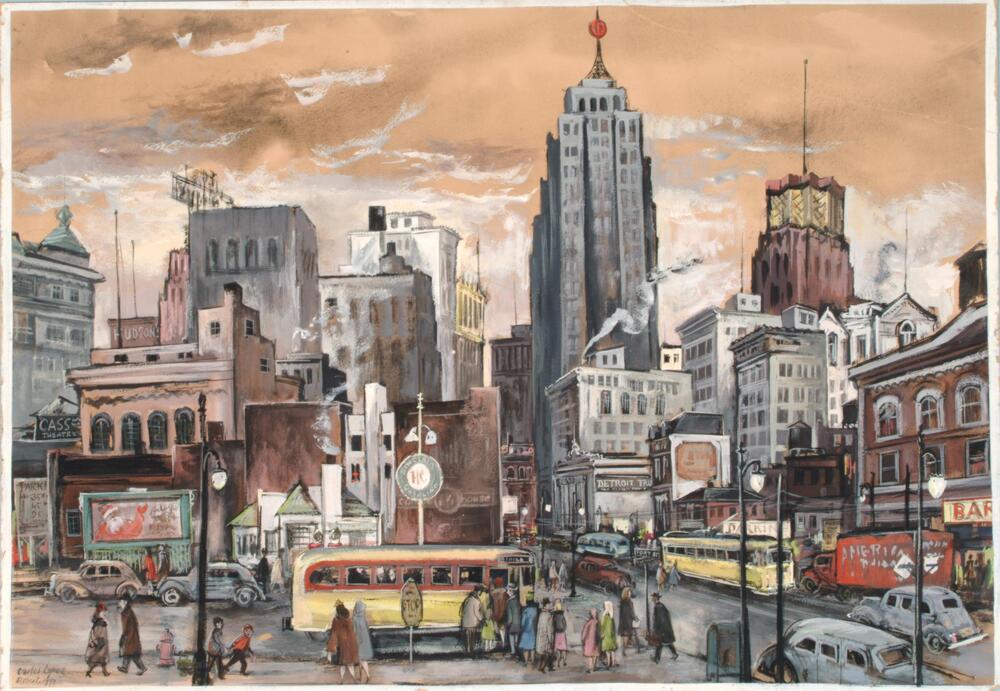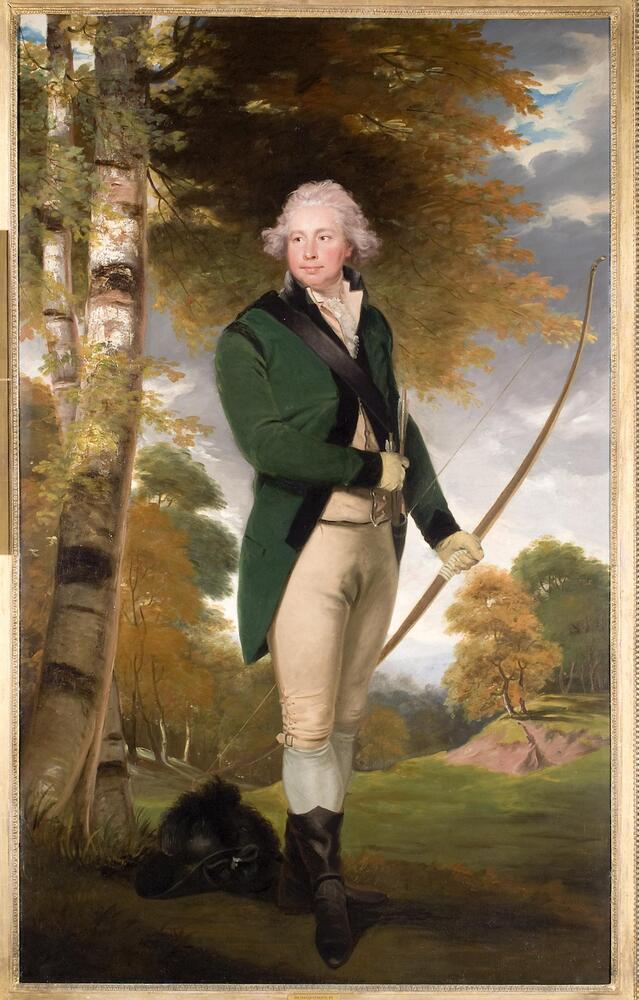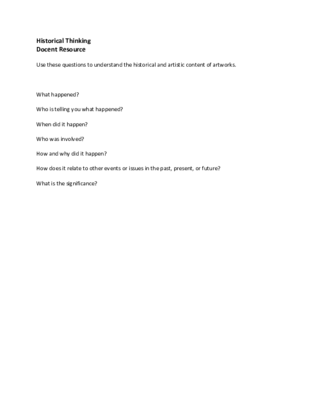Fourth Grade: Regions of the United States
Docent Curricular Tour
Description: Students will discuss the characteristics and definition of a region by exploring artistic portrayals of various parts of the United States. Other social studies concepts include: the effects of human/environmental interaction, migration, and geographical features.
Concepts: Social Studies (Use geographic representations to acquire, process, and report information; understand how human activities shape the Earth’s surface) and Art (Making connections between visual arts and other disciplines).
Use attached Historical Thinking (PDF) as a guide to work through the art works and engage with artistic and historical content.
Stop 1: The Famous Picnic at Val Kill, Ann Murfee Allen
Alternates:
1. Boyhood of Lincoln, Eastman Johnson
2. Mount Hood from the Dalles, John Stanley
3. Fire Engine Red, Dorothea Rockburne
Use questions on attached sheet.
Why is there such a big lawn? (region, amount of money people have)
Why do you think there are so many different types of people?
History of event: referencing the King's Speech, first king to have come to the US ever.
Where do you think this took place? (northeast)
What would you serve at the picnic?
Stop 2: Spring Landscape, Dow
Compare and contrast with other nearby American landscapes using descriptive vocabulary. Is this painting realistic, expressive, or abstract? Photograph or painting? Perspective - if there were a bottle of ketchup or a bicycle, how big would it be (spatial)?
Stop 3: Ocean Park No 52, Diebenkorn
Alternates:
White Mountains, L. Luthy
White Mountains in September, Sylvester Phelps Hodgdon
Oka and Walmacho, Victor Higgins
Ups and Downs, Tyree Guyton
Attack on Emigrant Train, Wimar
What is a region? What region do we live in? Physical characteristics help define a region. What do you see from far away, close in, yet closer? How does distance affect what you're seeing? If you were a bird flying over the region (or were standing in a tall building looking down), what would you see? Give background into Deibenkorn's history. Does this info change how you look at the piece? Talk about large scale works, how was it painted? On an easel on the floor? Need good US regional maps.
Stop 4: Begin the Beguine, Max Beckmann
Alternates:
Ocean Park No. 52, Diebenkorn
Bounded on the West by the Land
Attack on Emigrant Train
Title? What does that mean? What do you see? How does Beckmann set the mood? Does anyone know what immigration is? What does being persecuted mean? European immigration to US - statue of liberty is a symbol? What happened during WWII? Does that give you a clue?
Stop 5: Shipwreck Triptych, Richard Misrach
Alternates:
Attack on Emigrant Train
Intern Abbey, James Ward
Portrait of Sir Foster Cunliffe, Hoppner
Shiprock Triptych - 3 photos of New Mexico - sacred to Native Americans, are now polluted by a uranium mine. The ground lifted them up and placed them there. Photos taken at different times of the day. What is the difference between the three photos? (light, position). What's changed for you over one day? Over your lifetime? In your parent's lifetime?
Stop 6: Tyree Guyton, Up and Down
Alternates:
Valley of the Pemigewasset, Samuel Gerry
Winter in Weehawken, Henry Reuterdahl
Architecture - trees that were felled
Photos of UMMA, Tiger's Stadium, Downtown Detroit
George Grosz in drawers
What human elements do you see in this landscape? How have people interacted with this landscape? Do you think this interaction is positive or negative and why? Urban blight reclaimed for art.
Part of 1 Learning Collection
<p>Docent Curricular Tour</p>
Rate this Resource
AVG: 0 | Ratings: 0
& Author Notes
Creative Commons by-nc-saLast Updated
April 27, 2017 1:10 p.m.Report
Reporting Policy

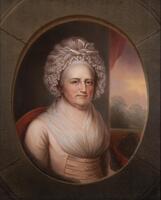
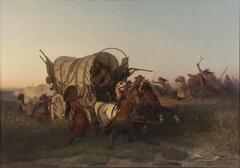
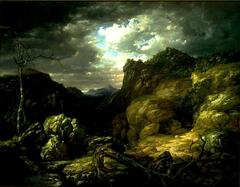
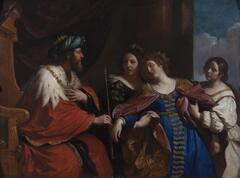

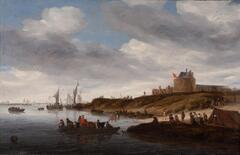

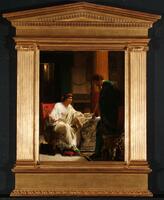
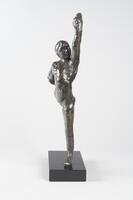
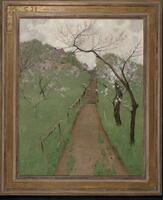
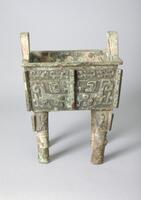
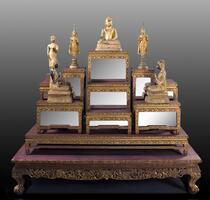
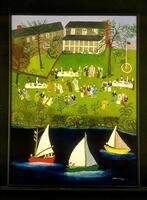
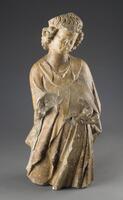
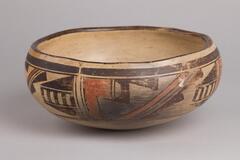
![<p>This celadon bowl is decorated with mold-impressed designs, which was one of popular type of dishes in 11th and 12th centuries. On its inner walls are lotus scroll designs, and on its inner base is what is presumed to be a lotus flower design. Glaze has been applied all the way down to the rim of the foot, which retains traces of silica supports in three places. The yellow-green glaze is evenly spread on the surface, while the clay is of specially selected high quality, producing a smooth surface.<br />
[<em>Korean Collection, University of Michigan Museum of Art</em> (2014) p.111]</p>
<br />
shallow lobed bowl with molded lotus design on wall, 6 lobes, very small foot, high quality, need cleaning <p>This celadon bowl is decorated with mold-impressed designs, which was one of popular type of dishes in 11th and 12th centuries. On its inner walls are lotus scroll designs, and on its inner base is what is presumed to be a lotus flower design. Glaze has been applied all the way down to the rim of the foot, which retains traces of silica supports in three places. The yellow-green glaze is evenly spread on the surface, while the clay is of specially selected high quality, producing a smooth surface.<br />
[<em>Korean Collection, University of Michigan Museum of Art</em> (2014) p.111]</p>
<br />
shallow lobed bowl with molded lotus design on wall, 6 lobes, very small foot, high quality, need cleaning](/media/W1siZiIsIjIwMjIvMDkvMjQvMmx1M2ptNHMzM19kZWZhdWx0LmpwZyJdLFsicCIsInRodW1iIiwiMjQweDIwMCJdXQ?sha=2ba2ecc35e4531c3)
